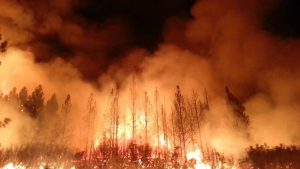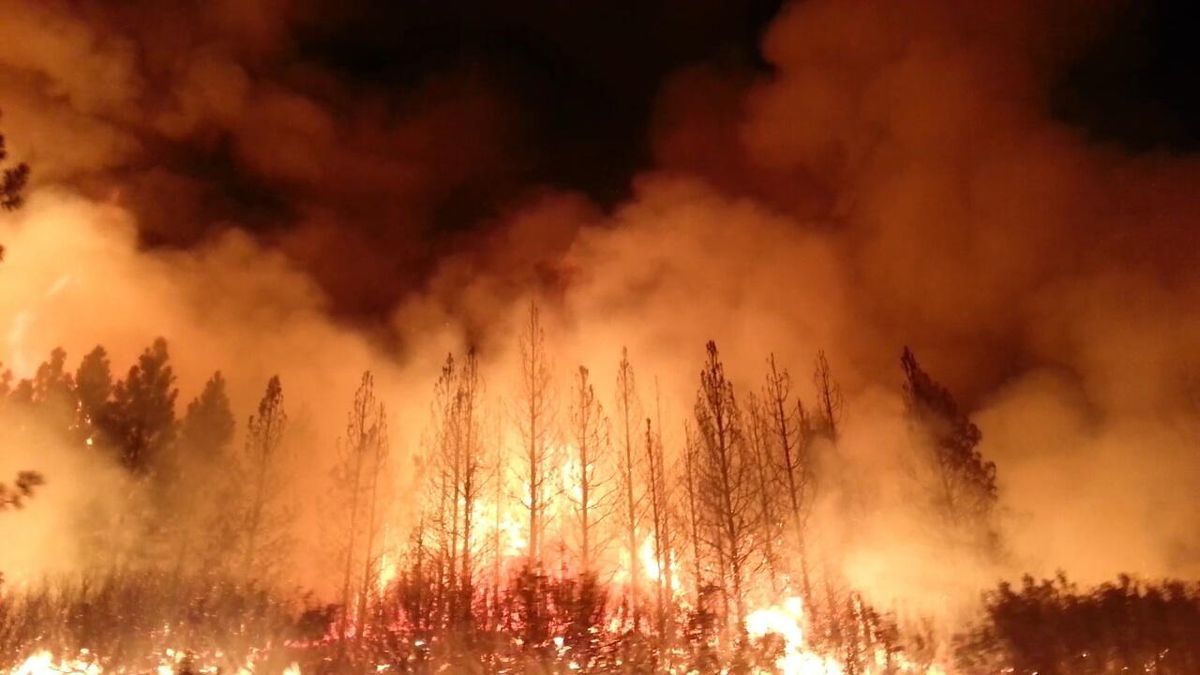California’s fire season is back. Yet if this past week is any indication, our emergency response remains woefully inadequate. When disaster strikes we are far from being energy resilient, ensuring reliable access to electricity for our most vulnerable communities.
Climate fires are California’s new normal. Dangerous combinations of high (20-60 mph) sustained winds and tinderbox drought conditions wreaked havoc throughout the state last week. Massive evacuations from the Saddleridge fire in northwest Los Angeles and the Reche Fire in Moreno Valley spared life, if not property, from thousands of acres of burning land.

Pacific Gas and Electric (PG&E) took pre-emptive measures. They shut off power in over 30 counties in northern California. In this way, they avoided a repeat of the 2018 fire season, the state’s deadliest, in which electrical equipment was blamed for conflagrations that killed 85 people and destroyed 19,000 homes.
But the shutoffs were a disaster of another kind. They left close to a million people and more than half the counties in the state without power, or recourse, for nearly a week.
The PG&E power shutoffs were a colossal failure, according to utility and elected officials, local agencies, and residents. The disruption was widespread: accidents caused by failed street lights, schools closed, businesses idled, food supplies and basic services – public transit and water – compromised. And as premeditated as this emergency response was, residents were left in the dark; not just from the power outage, but from the lack of information. No one could get information about what to expect or what to do in a power emergency. PG&E’s communication and computer systems crashed, their website went down, their community resource centers were underprepared and useless. The shutoff prevented fires, but not the burn; everyone fumed.
Read more: Resilience




